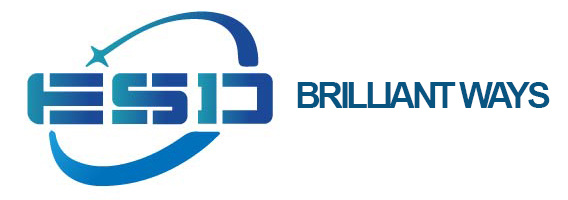Key Challenges in Manufacturing Infrared (IR) CNC Machined Components
 2025-06-17
2025-06-17
Producing high-performance infrared (IR) optimized aluminum components via CNC machining involves several technical and operational hurdles. Below are the primary challenges and their mitigation strategies:
1. Precision & Surface Finish Requirements
Challenge:
-
IR applications demand ultra-smooth surfaces (Ra < 0.1 µm) for low emissivity or controlled roughness for thermal radiation.
-
Even minor machining marks can scatter IR waves, degrading performance.
Solutions:
-
High-precision 5-axis CNC machining with diamond-cut tools.
-
Post-machining polishing (mechanical, chemical, or electropolishing).
-
Non-contact metrology (white-light interferometry) for surface validation.
2. Emissivity Control & Coating Uniformity
Challenge:
-
Achieving consistent emissivity (ε) across batches is difficult due to:
-
Variations in anodizing thickness.
-
Dye absorption inconsistencies (for colored IR coatings).
-
Coating delamination under thermal cycling.
-
Solutions:
-
AI-driven anodizing process control for uniform oxide layers.
-
Nano-coatings (Al₂O₃, SiO₂) deposited via ALD (Atomic Layer Deposition).
-
In-situ IR thermography for real-time emissivity testing.
3. Thermal Distortion & Stability
Challenge:
-
Aluminum’s high thermal expansion coefficient (23 µm/m·K) causes dimensional shifts under temperature swings.
-
Critical in aerospace (satellites) and laser systems where stability is key.
Solutions:
-
Low-CTE aluminum alloys (e.g., Al-SiC composites).
-
Stress-relieving heat treatments post-machining.
-
Finite Element Analysis (FEA) to predict thermal deformation.
4. Multi-Spectral Stealth Compatibility
Challenge:
-
Balancing IR low observability (low ε) with radar absorption (RAM coatings) is complex.
-
Hybrid coatings often compromise one spectrum for another.
Solutions:
-
Metamaterial-based coatings (e.g., frequency-selective surfaces).
-
Graded-index layers to match impedance for radar-IR stealth.
5. Cost vs. Performance Trade-offs
Challenge:
-
Mirror-finish machining, nano-coatings, and tight tolerances increase costs.
-
High-end IR components (e.g., for defense) require ITAR-compliance, limiting supplier options.
Solutions:
-
Design optimization to reduce non-critical high-cost features.
-
Alternative processes (e.g., laser texturing instead of manual polishing).
By addressing these challenges, manufacturers can produce high-reliability IR components for next-gen defense, aerospace, and thermal systems. Would you like details on a specific application (e.g., UAVs, satellites)?
Send us your needs for your business, we have professional service team to answer you !
SAF Coolest v1.3 设置面板 RNFSX-ZZGH-EWSEE-ZSZ
无数据提示
Sorry, there is currently no content in the current column!
You can view other columns or return to Home




